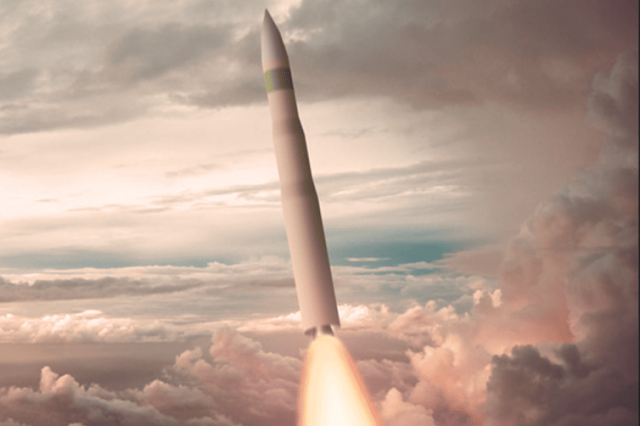The US Air Force (USAF), in collaboration with Northrop Grumman, executed a static fire test for the Stage-2 solid rocket motor of the LGM-35A Sentinel weapon system.
Conducted on January 15 at the Arnold Engineering and Development Complex, Arnold Air Force Base, Tennessee, the static fire test for the Stage-2 solid rocket motor (SRM) of the LGM-35A Sentinel weapon system marks the second in a series of crucial tests during Sentinel’s development.
This closed chamber test serves the purpose of validating the design and performance of the LGM-35A Sentinel missile’s three-stage propulsion system. In this assessment, particular attention is given to the Stage-2 SRM, the second-largest among the three stages. During the missile’s launch, the sequencing of stages is meticulously orchestrated.
Notably, the Stage-2 SRM, characterized by its significant size and power, takes the second position in the firing sequence. This deliberate order of activation ensures a methodical and controlled ascent, contributing to the overall precision and efficiency of the Sentinel missile’s flight trajectory.
“This test is just a part of our comprehensive ground and flight test program designed to help us shake down the design as we approach its critical design review. It demonstrates we continue to make progress on modernizing our nation’s strategic land-based nuclear deterrent,” said Maj. Gen. John Newberry, Air Force Nuclear Weapons Center commander and Air Force program executive officer for strategic systems.
The USAF aims to replace the Minuteman III ICBM with the upcoming Sentinel system, currently in development. In March 2023, the USAF Nuclear Weapons Center conducted the inaugural full-scale static test fire of the stage-one SRM for the new LGM-35A Sentinel ICBM.
The Air Force expects the new ICBM to achieve initial operational capability by 2029.



























